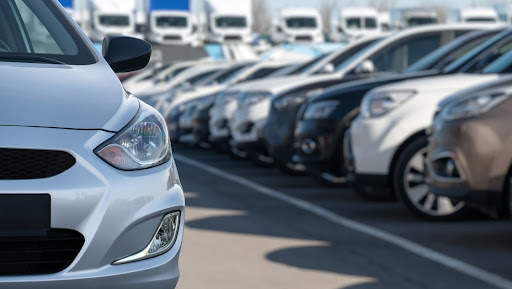The South African automotive sector is experiencing a remarkable resurgence in the first quarter of 2025, driven by a confluence of factors that are reshaping the industry landscape. The latest TransUnion SA Mobility Insights Report sheds light on the key drivers behind this robust recovery, offering insights into the shifting dynamics of consumer behavior, market trends, and emerging opportunities.
One of the primary catalysts propelling the revival of the auto industry is the notable improvement in consumer sentiment. As economic conditions stabilize and confidence grows, individuals are increasingly inclined to make significant purchasing decisions, particularly in the realm of big-ticket items like vehicles. Lower interest rates have also played a pivotal role in incentivizing consumers to consider buying cars, as the cost of financing has become more attractive.
Moreover, the accessibility of retirement savings through two-pot withdrawals has provided a financial lifeline for many South Africans, enabling them to unlock funds for major investments such as purchasing a vehicle. This newfound flexibility in accessing capital has undoubtedly bolstered the demand for cars and contributed to the uptick in sales volumes.
The upward trajectory in real wages has further fueled the resurgence of the automotive sector, with more disposable income available to potential buyers. This increase in purchasing power has translated into an average of approximately 34,000 monthly passenger vehicle sales in the first quarter, marking the highest levels observed since Q3 2015. The combination of rising wages and improved affordability has created a conducive environment for sustained growth in the industry.
Additionally, the report highlights the shift towards longer ownership cycles and the growing availability of low-cost models as key factors influencing purchase decisions, particularly among younger and first-time buyers. Lee Naik, CEO of TransUnion Africa, emphasizes that South African consumers are placing a strong emphasis on value and flexibility when considering their vehicle purchases. This shift in mindset has led to a move away from traditional premium segments towards more accessible alternatives that align with evolving needs and budget constraints.
The influence of Generation Z, the cohort born between the mid-1990s and early 2010s, is becoming increasingly pronounced in the automotive market. This demographic group’s penchant for digital engagement and social media interaction has reshaped how brands engage with younger buyers. The report underscores a significant 27.9% year-on-year increase in vehicle finance volumes attributed to Gen Z, underscoring the importance of social media platforms like TikTok, Instagram, and YouTube in reaching this audience.
According to TransUnion, social media has become a critical channel for product research, with 76% of South African users turning to these platforms for information. As a result, automotive brands are pivoting towards digital-first strategies that leverage influencer campaigns, short-form videos, and AI-enabled targeting to connect with consumers. The integration of immersive technologies such as augmented reality and virtual reality further enhances the customer experience and drives engagement.
The report also sheds light on emerging trends in insurance-linked vehicle asset finance, revealing a shift in ownership and financing patterns. Only 39% of insured vehicle owners had financed their vehicles in early 2025, down from 44% in 2020, signaling a rise in alternative financing methods or lapses in insurance coverage post-purchase. This trend poses challenges for lenders and insurers, as the absence of insurance coverage can increase asset risk and portfolio exposure.
Despite a recent focus on used vehicle purchases, the first quarter of 2025 witnessed a notable resurgence in new vehicle acquisitions. Easing interest rates, expanded availability of entry-level models, and aggressive manufacturer incentives have driven this shift towards new vehicle registrations. The influx of competitively priced Chinese models has attracted cost-conscious buyers away from the used car market, injecting fresh momentum into new vehicle sales.
Looking ahead, the broader economic outlook for South Africa remains cautiously optimistic, with a projected GDP growth of 1.4%. While industrial output faces pressure, retail and vehicle sales continue to demonstrate resilience. Vehicle export activity saw a modest uptick of 0.4% year-over-year in Q1 2025, signaling a gradual recovery in the sector.
In conclusion, the South African automotive sector is undergoing a period of adaptation to changing consumer behaviors and market dynamics. The convergence of factors such as the insurance gap, affordability options, credit accessibility, and increased Gen Z participation is reshaping the trajectory of the industry. Collaboration among industry stakeholders is deemed essential for sustainable growth, as highlighted by Lee Naik. While the strong rebound in new vehicle sales is a positive indicator, the long-term sustainability of this growth hinges on policy certainty, infrastructure investment, and structural reforms. Without these foundational pillars, the economy remains susceptible to fluctuations and uncertainties, underscoring the need for strategic planning and collective engagement across the automotive ecosystem.

